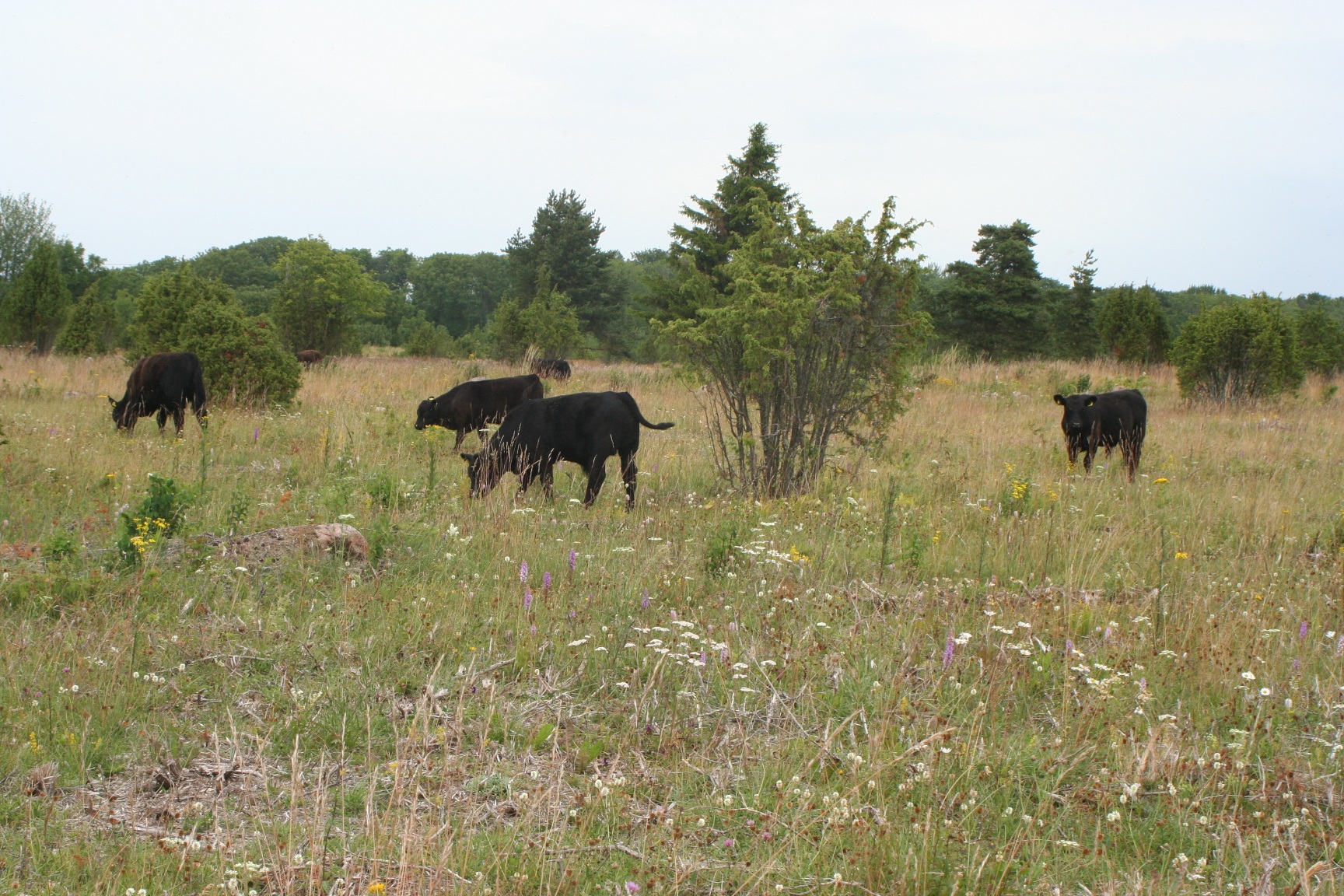Case Study
LIFE to alvars – large scale semi-natural grassland restoration experience, cooperation with landowners and farmers
Contact name
Ms Annely Esko
Institution name
Environmental Board, Estonia
Region & country
Nordic-Baltic Section, Estonia, West Estonia
Summary
Alvar grasslands have a very limited distribution globally, as they are restricted to the Baltic Region of Europe and Great Lakes Region in North America, with almost 90% of the area in Europe. Within the European Union, the habitat is only found in Sweden and Estonia, with minor areas in south-west Finland. Alvar grasslands are semi-natural grasslands with thin lime-rich soil on a limestone bedrock. Inn 2013 only around 2000 hectares i.e less than 30% of Estonian alvar grasslands are under annual management, which is necessary for long-term persistence of this habitat type. The decrease of alvar grassland habitat area started with the 1950s when the traditional extensive agricultural activities were widely replaced by intensive land-use. To carry out large-scale alvar grassland restoration in just five years (2014-2019) the LIFE to alvars project has worked out and successfully used a completely novel approach to alvar restoration in Estonia.

Annely Esko
Estonia, West Estonia
Background of the project
In 1950-s there were 43 000 hectares of alvar grasslands in Estonia. During the Soviet times, the value of biological diversity on alvar grasslands were known, but not valued by the state. The decrease of alvar grassland habitat area started when the traditional extensive agricultural activities were widely replaced by intensive land-use. This resulted in neglect of alvar habitats for grazing. When traditional management is ceased, alvars overgrow with shrubs and trees.
A minimum of 7500 hectares of habitat area need to be under annual grazing, as also targeted in Estonian Nature Conservation Development Plan until 2020.
Solution and actions taken
This national target is reflected in the objective of LIFE to alvars project, which is to restore the most valuable, but currently overgrown alvar areas on 2500 hectares and to create a possibility for local farmers to manage these areas after the restoration. This contributes 33% to the national target. For this grazing, infrastructure and access roads are created on the restored areas.
In order to carry out large-scale alvar grassland restoration in just five years the LIFE to alvars project has worked out and successfully used a completely novel approach to alvar restoration in Estonia. Common forestry and communal machinery is used for removing trees and shrubs on alvars. This methodology is now used outside the LIFE to alvars project to restore other semi-natural grasslands as well. Each restored area is equipped with grazing infrastructure to ensure continuous management.
- This project involves alvar grasslands, situated on both private and public lands. So, emphasis is on a thorough involvement of private land-owners.
- Dissemination actions are also taking up large part of the project activities.
- Annual public meetings, working groups, study trips are held.
- Information boards, leaflets, exhibitions and media work is taking place throughout the project period.
- Partnership contracts were signed with land-owners, farmers and the project.
Other institutions or parties involved
LIFE to alvars project was financed by the European Comission LIFE + Nature programme in 2014. Project identification code is LIFE13NAT/EE/000082. The project is co-financed by the Estonian Environmental Investment Centre and by the partners’ self-financing. Project budget is 3 725 865 euros. Lead partner is the Estonian Environmental Board and partners are the University of Tartu, Estonian University of Life Sciences and Seminatural Communities Conservation Association.
Results
- By 2017, 1400 hectares of alvar grassland restoration is finished and the areas have joined the CAP seminatural grassland management scheme.
- 500 hectares were prepared to start with the restoration in the winter 2017/2018.
- All the restored areas are equipped with grazing infrastructure.
- Biodiversity monitoring of the restored areas shows remarkably quick recovery of the vegetation. This means that the areas have still well preserved seed bank of grassland species.
Challenges
Main difficulties are related with involving private land-owners in to the project. A lot of effort has been put in to communication and convincing. About 1000 hectares of private land is planned to be restored throughout the project.
Lessons learned
It is all about people. The opinion of general public and people involved in the project is a key element in gaining sucess in large scale restoration on private land. Finding trustworthy local farmers interested in management and making agreements for continous management is the second very important key element in maintaining the restoration result long term.
Contact name
Ms Annely Esko
Institution name
Environmental Board, Estonia